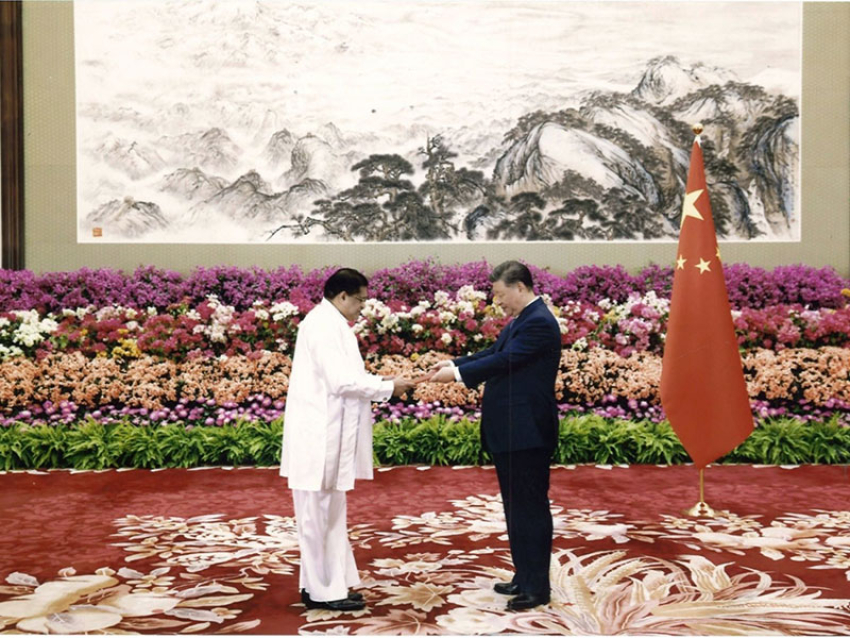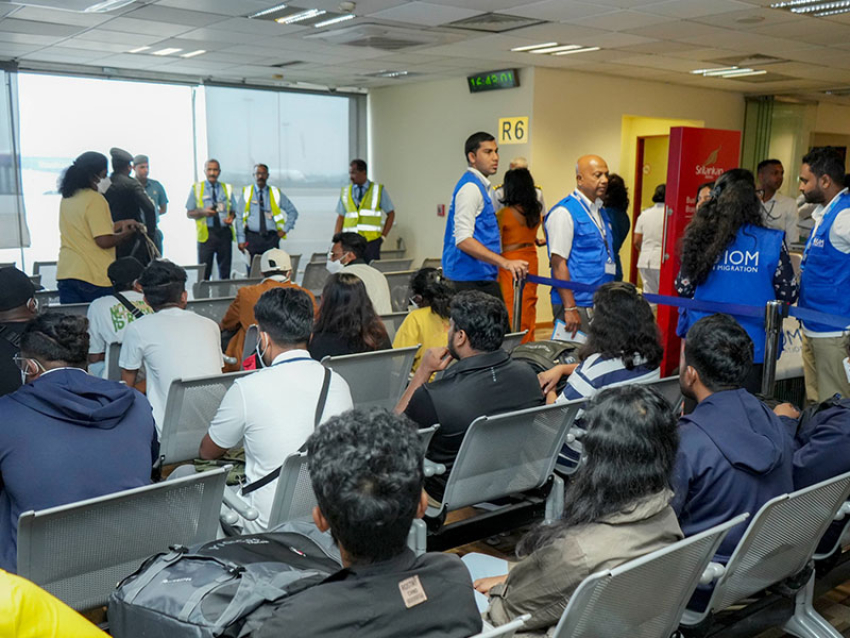Today marks the 14th anniversary of the Boxing Day Tsunami in 2004 in the Indian Ocean which killed nearly 240,000 people in Asia and Africa. It is an ever-present danger, as Indonesia learned just a couple of days ago and yes, they can strike without any warning.
Just what is a tsunami? Tsunami is a Japanese word comprising the words “tsu” (meaning harbour) and “nami” (meaning wave). It is not surprising that this word has originated in Japan, considering the frequency of tsunamis there.
A tsunami is a series of enormous waves created by an underwater disturbance usually associated with earthquakes occurring below or near the ocean. Volcanic eruptions (like the one in Indonesia caused by “son of Krakatoa”), submarine landslides, and coastal rock falls can also generate a tsunami, as can a large asteroid impacting the ocean. They originate from a vertical movement of the sea floor with the consequent displacement of water mass. Tsunami waves often look like walls of water and can attack the shoreline and be dangerous for hours, with waves coming every 5 to 60 minutes. The first wave may not be the largest, and often it is the 2nd, 3rd, 4th or even later waves that are the biggest.
Tsunamis are rare events, but can be extremely deadly. In the past 100 years, 58 tsunamis have claimed more than 260,000 lives, or an average of 4,600 per disaster, surpassing any other natural hazard. The highest number of deaths in that period was in the Indian Ocean tsunami of December 26, 2004. Hence the name Boxing Day Tsunami. It caused fatalities in 14 countries, with Indonesia, Sri Lanka, India and Thailand hardest-hit. Just a few months ago, a tsunami in Sulawesi, Indonesia took over 1,200 lives. Japan most recently experienced a major tsunami in March 2011, which killed nearly 16,000 people, with around 2,500 still missing.
Disaster risk reduction
Just three weeks after the Boxing Day Tsunami, the international community came together in Kobe, in Japan’s Hyogo region. Governments around the world adopted the 10-year Hyogo Framework for Action, the first comprehensive global agreement on disaster risk reduction.
They also created the Indian Ocean Tsunami warning and Mitigation System which boasts scores of seismographic and sea-level monitoring stations and disseminates alerts to national tsunami information centres. Rapid urbanization and growing tourism in tsunami-prone regions are putting ever-more people in harm’s way. That makes the reduction of risk a key factor if the world is to achieve substantial reductions in disaster mortality – a primary goal of the Sendai Framework, the 15-year international agreement adopted in March 2015 to succeed the Hyogo Framework.
Today, the very word tsunami sends a shiver down our spines, although most people did not even know the word until December 2004. Thus we are generally aware of what a tsunami can do. This is why whenever we hear of an earthquake in Indonesia or a nearby country, we immediately think of a tsunami and try to take precautions such as reaching higher ground. In fact, there were a couple of tsunami alerts in Sri Lanka after 2004 which sent everyone in coastal areas scampering for safer ground. However, the most recent tsunami in Indonesia came without warning and most Lankans knew about it only when they woke up and listened to the news.
In retrospect, there is enough awareness about tsunamis now. People generally know what to do and how to behave in an impending tsunami situation without even being told. What has not been really tested is our state of readiness, including the functionality of the tsunami alert system. Although several drills have been held from time to time, we do not know how the systems will behave collectively in a real-life tsunami crisis. For example, will a tsunami alert text message be delivered to 21 million phones in a matter of minutes?
Glaring deficiencies in this respect were exposed during the recent tsunami in Sulawesi, Indonesia as sections of the alert mechanism were found to be non-functioning. A tsunami warning was sent out by Indonesia's meteorological and geophysics agency BMKG - lasting just over 30 minutes - but it appears to have drastically underestimated the scale of the tsunami that would follow.
There seems to have been a combination of rather unfortunate factors at play here. There are fears that though the alert was sent out, and according to the communications ministry, repeated tsunami warnings were sent to residents via text message - they might not have been received. This is a lesson that Sri Lankan authorities must also look at. Sending a text to 20 million phones may not be as simple as it sounds – a spokesman for BMKG said the quake had brought down the area's power and communications lines and that there were no sirens along the coast, which might have rendered the alerts essentially useless even if received.
Early warning system
Another factor is that critical components of the expensive early warning system may have not been working properly due to natural damage and even vandalism. The third factor, which is common to most developing countries, is the lack of a maintenance budget for systems such as these. Sri Lankan authorities must urgently assess the operational capability and readiness of the early warning system. Any Budgetary constraints must be immediately addressed regardless of the costs involved since the latest disaster has highlighted the costs of not having implemented a more sophisticated early warning system. The Indian Ocean countries and Japan must thus intensify research on earthquakes and tsunamis and collaborate more closely with well-known bodies such as the US Geological Survey (USGS).
We must also be wary of Climate Change which can cause low-lying cities to go underwater. There will be a greater threat of landslide tsunamis as some of melting glacial mountains can topple into the sea, generating massive tsunamis. With a wave run-up of nearly 200 metres, the tsunami that ripped through an Alaskan fjord in 2015 was one of the largest ever documented. But with no-one killed, it almost went unnoticed. It was triggered by a massive rockfall caused by melting of the Tyndall Glacier, which experts say has given them the clearest picture to date of a landslide generated tsunami.
Accurate earthquake prediction remains the Holy Grail of scientists. Forecasting an earthquake's approximate date assumes earthquakes follow some kind of pattern — that faults release pressure in a predictable way. But this does not always happen. Unlike us, animals seem to be having a “sixth sense” that can give them an indication of an impending disaster, well before any of our advanced gadgets. In fact, no animals perished in the 2004 tsunami except those who were tied or caged. Humans have lost this sense in the course of evolution, so we have to rely on technology instead. There is even talk of using Artificial Intelligence, somewhat akin to the animals’ sixth sense, to predict earthquakes at least a few minutes in advance. We hope these efforts succeed, because that would mean more lives can be saved.
Tsunamis are unpredictable, but armed with more knowledge and better warning systems, we will be able to minimize any loss of life and property if and when a major tsunami strikes. Are we prepared for another such event? It is very difficult to get shattered lives back on track – what do you say to a little girl who had lost her entire family to the raging waves? To parents who lost all their children? While tsunami affected people can be provided with jobs and housing, there will always be those who cannot come to terms with their loss.
There must be a mechanism to deal with this kind of psychological emergency. The response to a tsunami should be multifaceted and swift. But let’s hope that we never have to face a tsunami again.
a




















